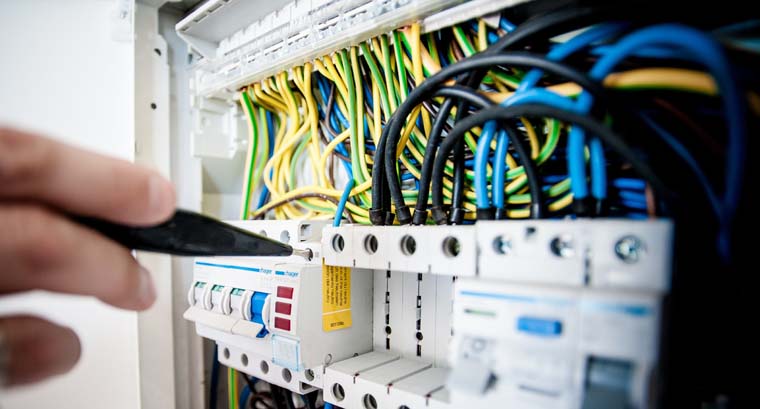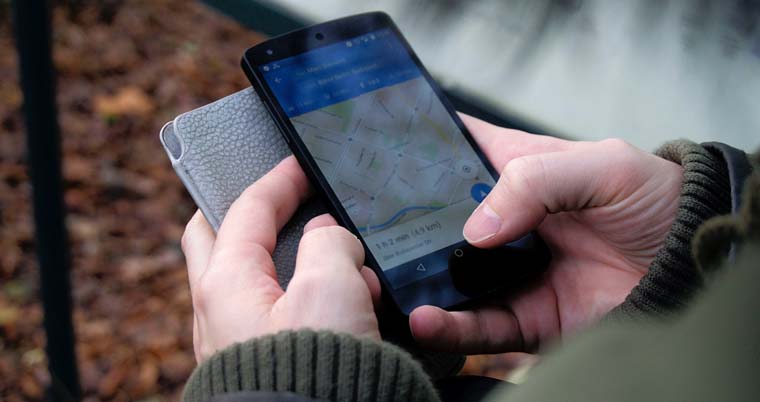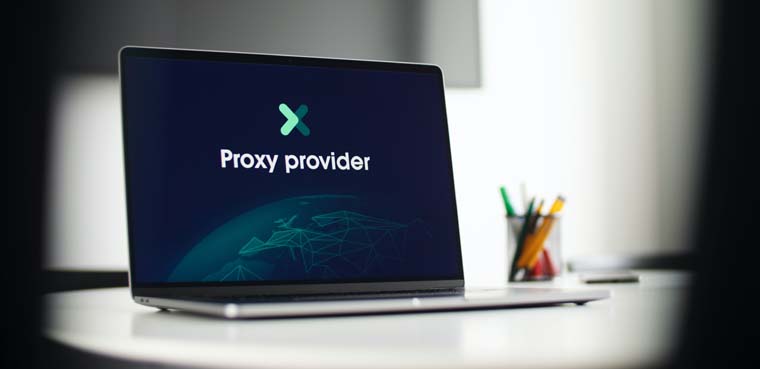
If you're looking for a solution on how to convert OST files to EML then you are at the right spot. In this article, we will discuss the complete guide of manual and professional methods for converting an OST file to EML. Many users want to shift from one email client to another but the process is not easy. Microsoft Outlook saves multiple mailbox items such as contacts, emails, and calendar entries. On the other hand, an EML file saves emails in a dynamic file format.
[..]
Read more...










